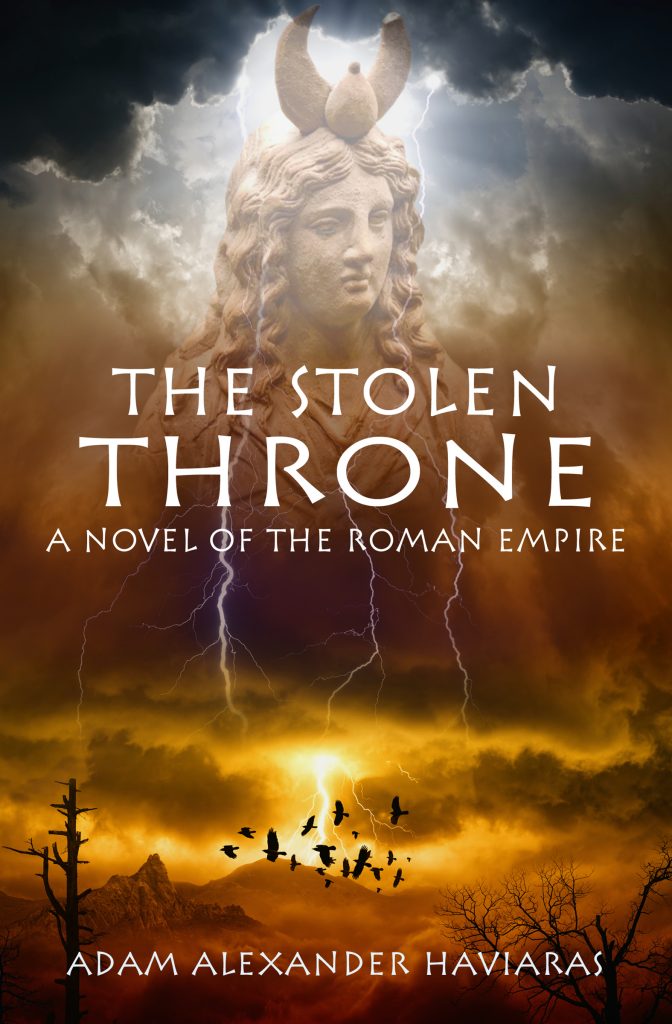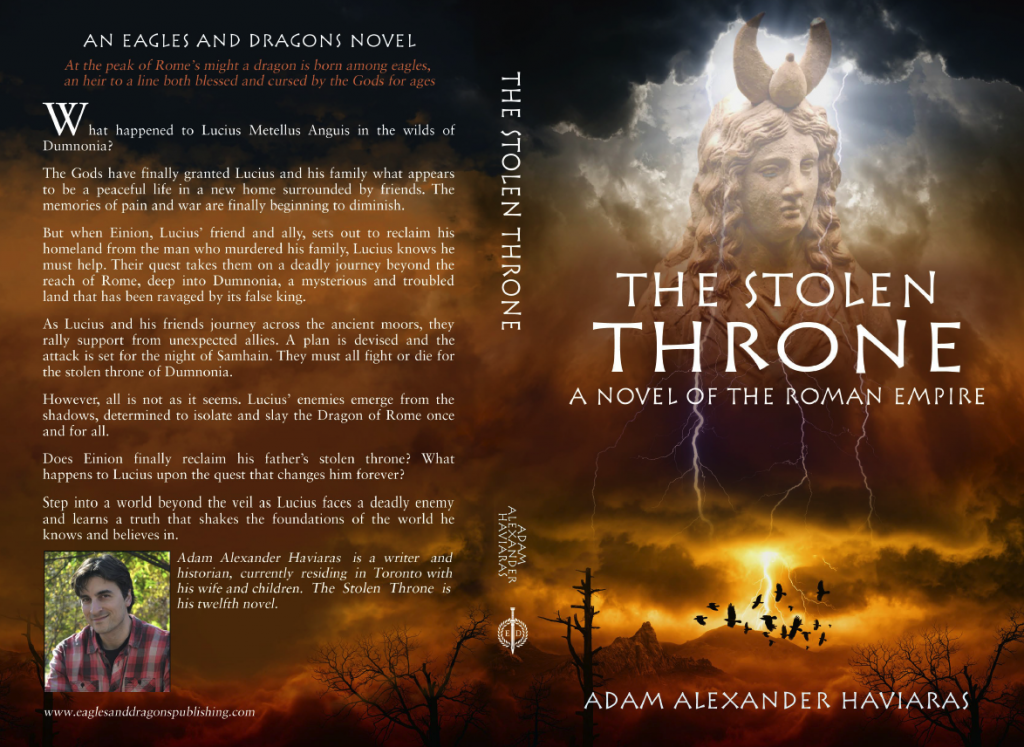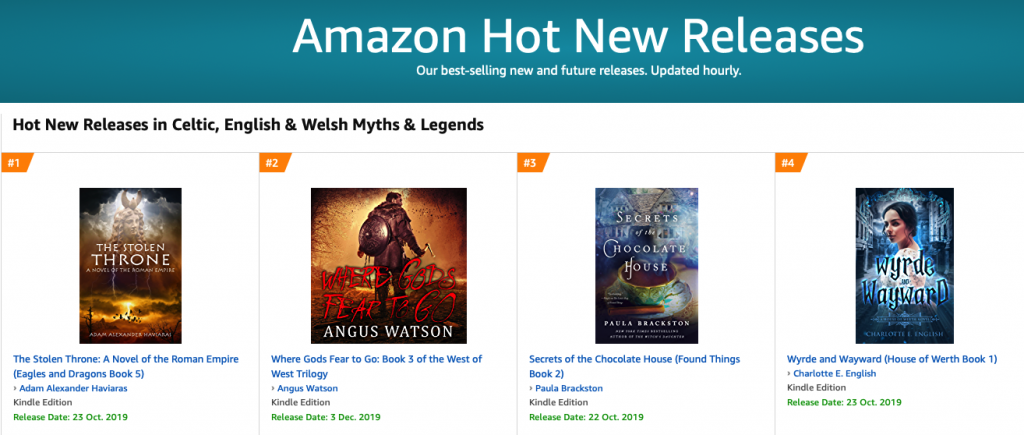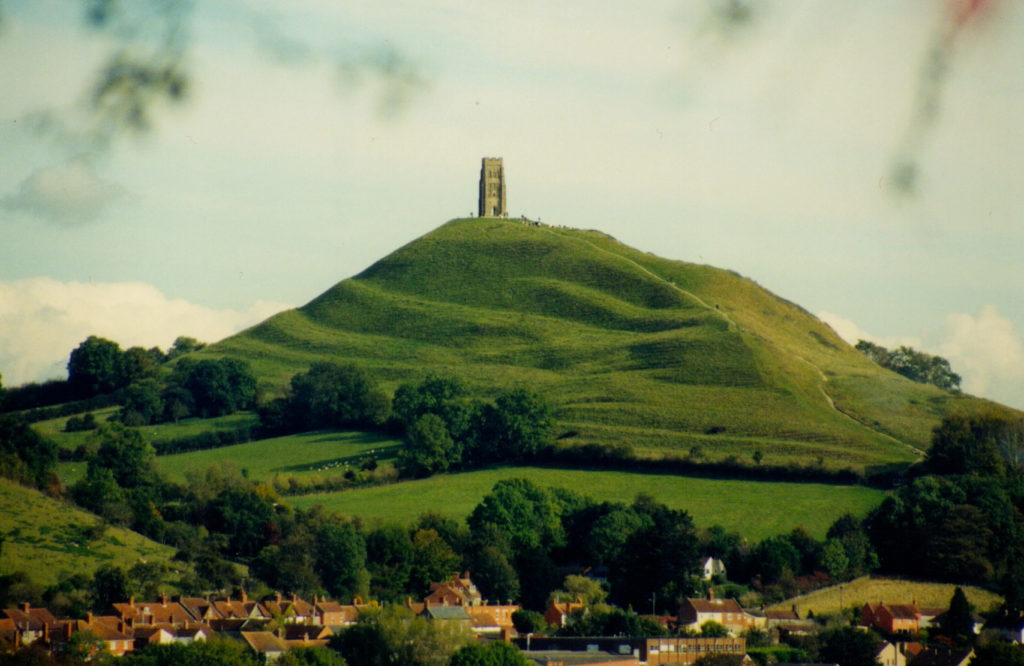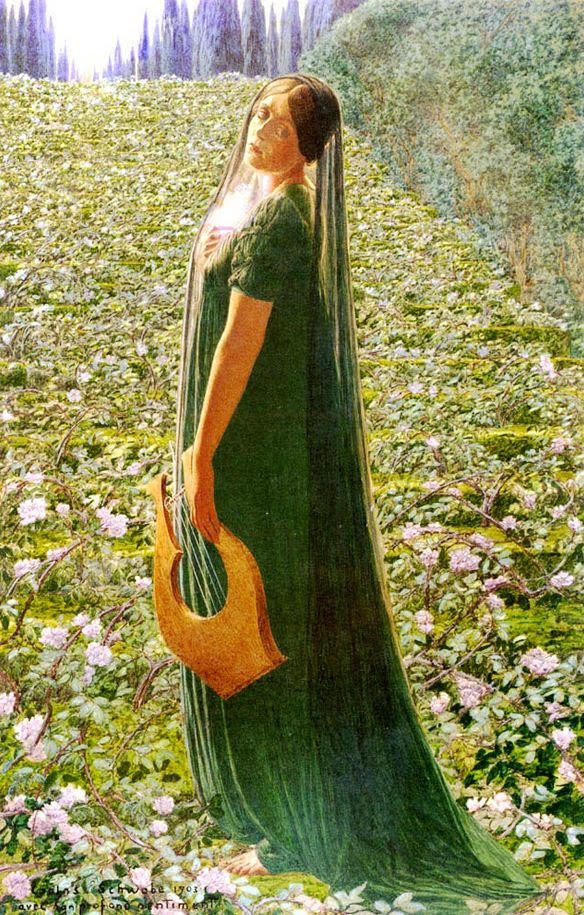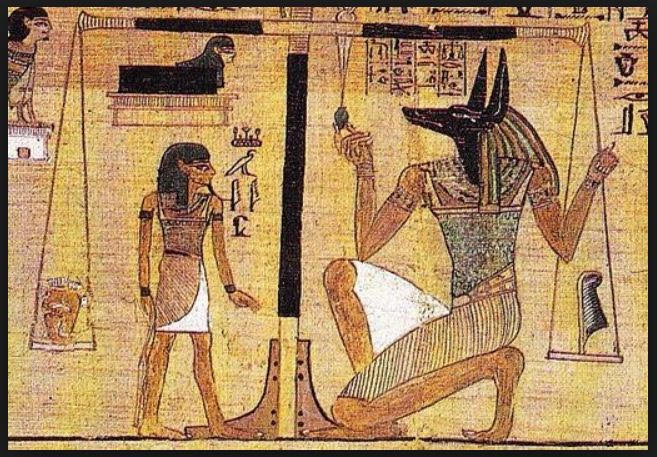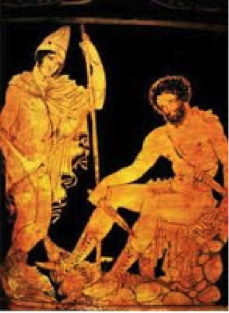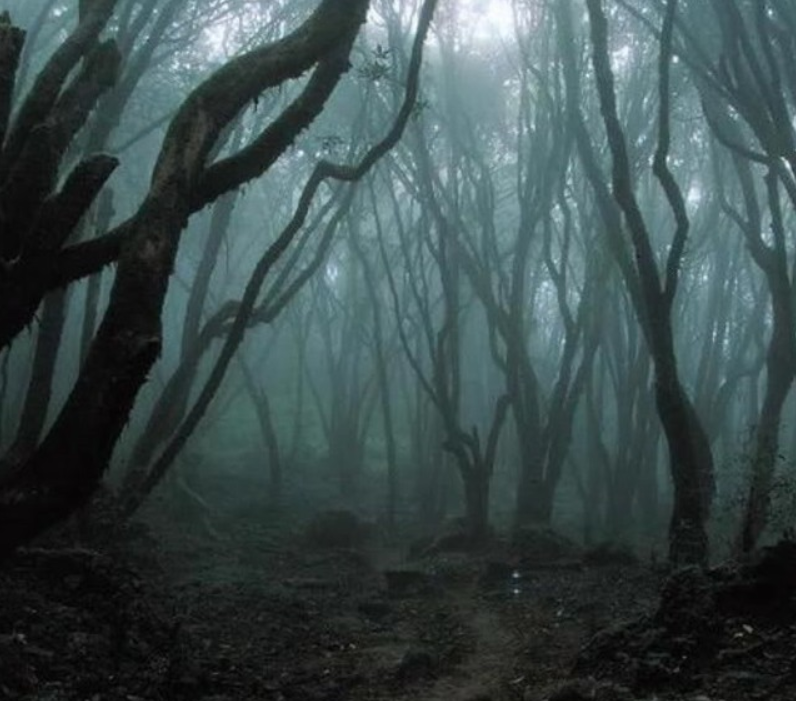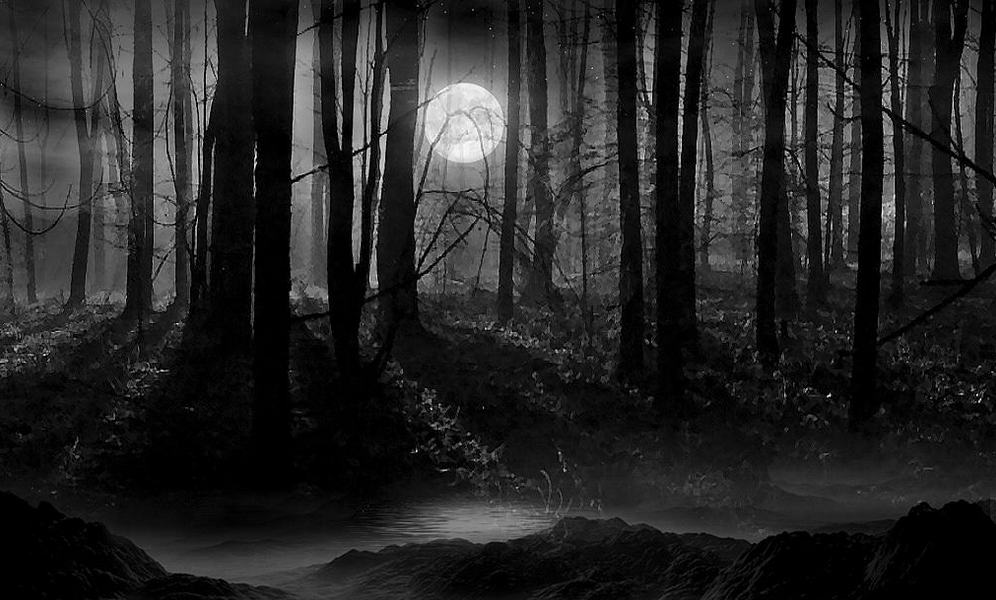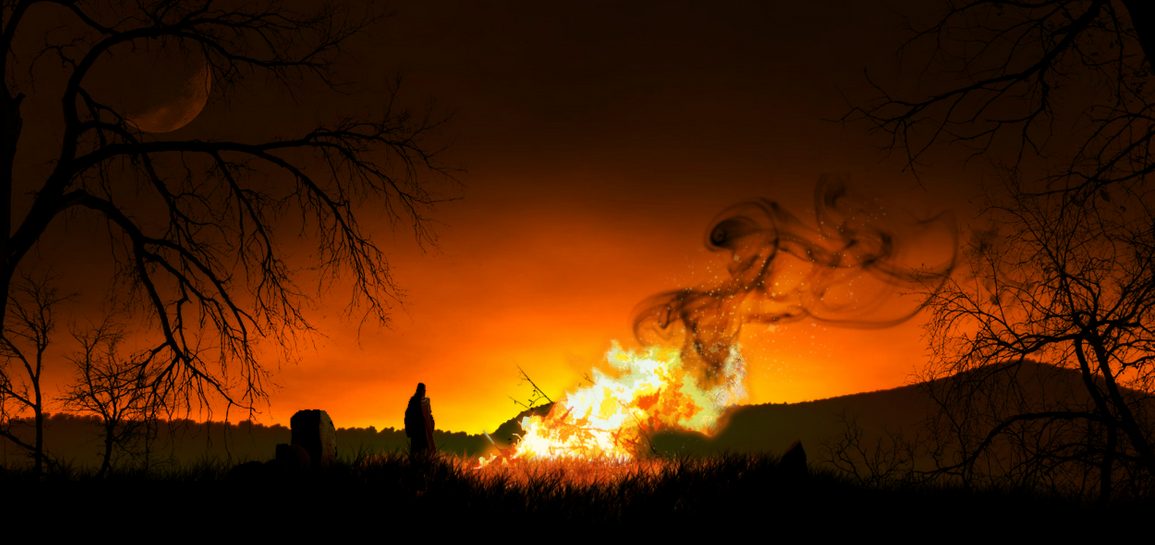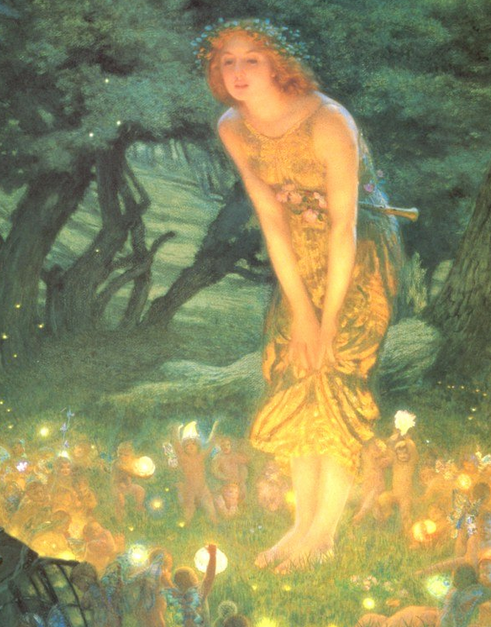Samhain
Samhain at the Gates of Annwn
It’s the end of October, and as it is the ancient Celtic festival of Samhain I thought it would be a good idea to look a place that is both mysterious and iconic: Glastonbury Tor.
To most, the mere mention of Glastonbury will likely conjure images of wild, scantily clad or naked youths and aged hippies. You’ll think of thousands of people covered in mud as they wend their way, higher than the Hindu Kush, among the tent rows to see their favourite artists rock the Pyramid Stage.
It’s a great party, but to me that’s not the real Glastonbury.
This small town in southwest Britain is an ancient place. The real Glastonbury is a place of mystery, lore and legend. It is a place that was sacred to the Celts, pagan and Christian alike, Saxons, and Normans. For many it is the heart of Arthurian tradition, and for some it is the resting place of the Holy Grail.
Today, Glastonbury is a place where those seeking spiritual enlightenment are drawn. The New Age movement is going strong there, yet another layer of belief to cloak the place.
I lived in the countryside outside of the town for about 3 years and I never tired of walking around Glastonbury and exploring the many sites that make it truly unique.
From where I lived on the other side of the peat moors, I awoke every morning to see Glastonbury’s majestic Tor shrouded in mist.

My morning view of the Tor across the Somerset levels
Tor is a word of Celtic origin referring to ‘belly’ in Welsh or a ‘bulging hill’ in Gaelic. Glastonbury Tor thrusts up from the Somerset levels like a beacon for miles around. Every angle is interesting. On the top is the tower of what was the church of St. Michael, a remnant of the 14th century. Before that, there was a monastery that dated to about the 9th century A.D.
However, habitation of this place goes much farther back in time with some evidence for people in the area around 3000 B.C. But it was not always a religious centre. In the Dark Ages, the Tor served a more militaristic purpose and there are remains from this period.
In Arthurian lore, the Isle of Avalon is a sort of mist-shrouded world that is surrounded by water and can only be reached by boat or secret path. In fact, during the Dark Ages and into later centuries, until the drainage dykes were built, the Somerset levels were prone to flooding. This flooding made Glastonbury Tor and the smaller hills around it true islands. With the early morning mist that covers the levels, this watery land would have been a relatively safe refuge for the Druids, and early Christians, Dark Age warlords and late medieval monks.
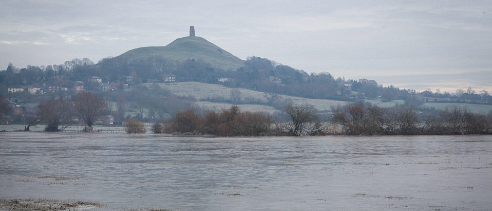
The Tor surrounded by flooded levels – Avalon!
In Celtic myth, Glastonbury Tor is said to be the home of Gwynn ap Nudd, the Faery King and Lord of Annwn, the Celtic otherworld.
Gwynn ap Nudd is the Guardian of the Gates of Annwn. He is an Underworld god. It is at Samhain that the gates of Annwn open. This was also the place where the soul of a Celt awaited rebirth. (Quick hint: We delve into this in the upcoming Eagles and Dragons novel, Warriors of Epona!)
If you are on the Tor at Samhain, you may hear the sound of hounds and hunting horns as the lord of Annwn emerges for the Wild Hunt of legend.
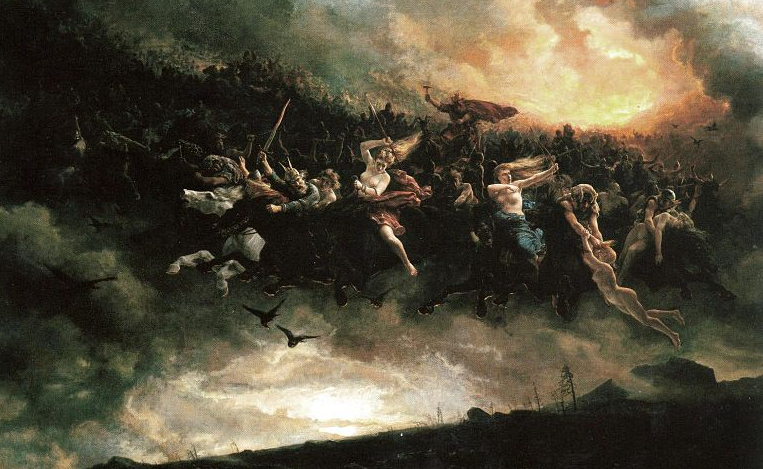
The Wild Hunt 1872 by Peter Nicolai Arbo
In Arthurian romance, there is a tradition of the wicked Melwas imprisoning Guinevere on the Tor. Arthur rides to the rescue, attacks Melwas and saves Guinevere. This particular story mirrors an episode in Culhwch ac Olwen, one part of the Welsh Mabinogion, in which Gwythyr ap Greidawl attempts to save Creiddylad, daughter of Lludd, whom he is supposed to marry, from Gwynn ap Nudd himself.
Another even more fascinating Arthurian connection can be found in a pre-Christian version of the ‘Quest of the Holy Grail’, called the ‘Spoils of Annwn’ which was found in the ‘Book of Taliesin’. In this tale, Arthur and his companions enter Annwn to bring back a magical cauldron of plenty. In this, some say that ‘Corbenic Castle’ (the ‘Grail Castle’) is actually Glastonbury Tor. It isn’t just Herakles and Odysseus who journeyed to the Underworld!
Glastonbury Tor is not only associated with Celtic religion, myth and legend. It is also said by some to be a place of power or a sort of vortex in the land that lies along some of the key ley-lines, including what is called the St. Michael ley-line. The majority of sites associated with St. Michael, the slayer of Satan, along the ley-line were indeed places of power and belief of the old religion.
But this is nothing new. Christians built on top of sites sacred to the pagans they were eager to overcome. What better way to symbolize your ‘victory’ than to build right on top of a site and make it yours.
‘Gates of Annwn and Gwynn ap Nudd? Let’s build a church of St. Michael on top of it! That’ll show ‘em!’
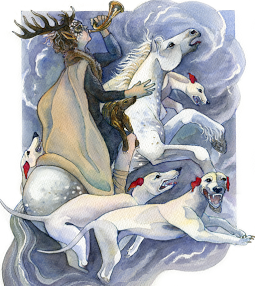
Artist impression of Gwynn ap Nudd at the hunt
But myth and legend persist through story and place, and the Tor is a prime example of how successive traditions do not overcome each other, but rather combine to make up the various aspects of that place.
If you ever get to Glastonbury, the Tor is a definite must. Walk to the top and sit awhile. Look out over the landscape and watch the crows and magpies dive in the wind around the steep slopes. Close your eyes and listen. While you’re there, you can decide whether you are sitting on a natural formation, a ceremonial labyrinth, a hill fort, a sleeping dragon, the mound where Arthur sleeps until he is needed once more, or the doorstep of the Gates of Annwn itself! The Tor is all of these things and more.
However, no matter what you believe, one thing is certain: Glastonbury Tor remains a site of extreme beauty and mystery that is well worth a visit, even if it is just to watch the sun sink in the West.
Have a safe and happy Samhain.
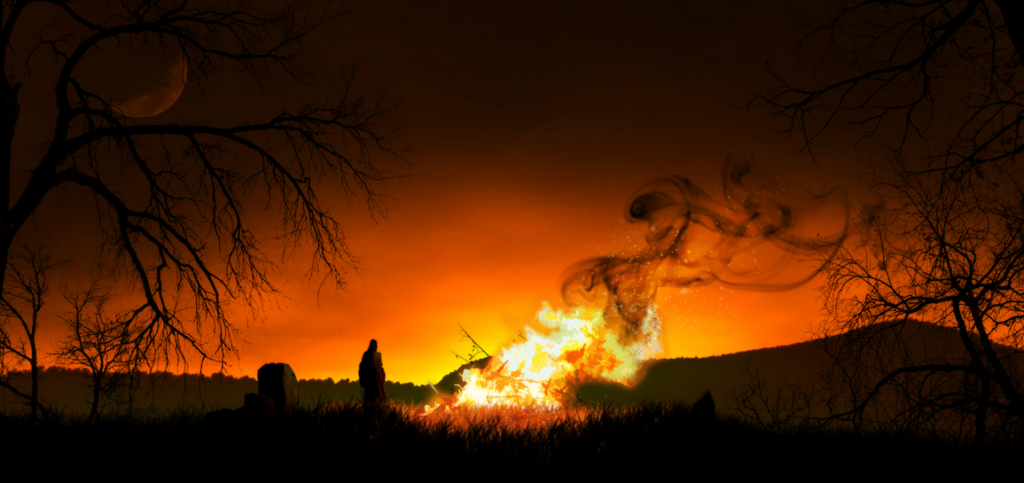
Beauty in the Land of the Dead
One of the many things that I truly love about writing historical fantasy is that the genre allows you stretch your imaginative wings, to envision and describe places that are not the usual destination. You can go beyond the castle wall or the villa peristyle to places that are often relegated to the remote locales reached only by the soul.
Heaven and Hell, the idea of a land where the dead go on to an afterlife of eternal bliss or torment, is something that is common to most world religions. There are, of course, many names for these places and they all differ a little. For the ancients, when it came to Paradise, that place where those who lived with virtue in life go to, it may have been called Aaru, the Egyptian Field of Reeds or for the ancient Welsh Britons, Annwyn, the land of eternal youth and plenty. The Greeks and Romans believed in the Elysian Fields and the Norse in Valhalla. They are places of peace, prosperity, happiness and honour.
Likewise, most traditions have a place to oppose Paradise – Hell. There is often an in-between realm as well, such as Purgatory or the Norse Hel. On their way to the afterlife, Egyptians’ hearts were weighed in the scales against a feather with Anubis looking on. For ancient Greeks and Romans, Hades was the land of the dead where souls could linger forever and Tartarus was the tortuous hell, the opposite of Elysium. To get to these places, the dead would have to cross the river Styx, ferried by Acheron who demanded his gold piece.
I am but mentioning a few traditions. There are so many, and every culture has its own idea as to what is good and what is unbearable in the afterlife. They’re not often described in detail because, well, most of the time those who go don’t come back to sketch it out.
This is where writing historical fantasy can really be a thrill to read and write. The beauty of it is that you can indeed explore Hades, or Valhalla or wherever you wish to go. The Land of the Dead can be whatever you envision it to be. As a literary device, it can allow you to visit the innermost hopes and fears of your characters, to have them interact with the dead, famous people, departed loved ones, or enemies whom it would otherwise be impossible for them to meet with.
Some authors have used the Afterlife or Underworld to great effect in their storytelling, and one that stands out in particular to me is Alice Borchardt, author of the Legend of the Wolf series. In The Silver Wolf, the first book of the series, Ms. Borchardt’s heroine, Regeane, journey’s through the temple of Cumae to the Land of the Dead. The descriptions of what the character sees and experiences are fantastic examples of how an author can unfurl the sails of creativity and imagination in these other realms. Few descriptions have had me so rapt by the images they portrayed.
She started down the aisle of the temple past the tall pylons that seemed like deadly trees spouting leaves of flames, on into the distant waste… A cry of sorrow so profound, so bitter, that it seemed beyond hope or even love. A desolate, lonely sound, the weeping of one condemned to wander forever without either consolation or rest.
Here one is introduced to the great sadness and horror upon entering the Land of the Dead. You read of souls who scramble about mutilated yet still fawning over their previous state of beauty or strength, of wraiths whose exposed bones will bleed for all eternity. The waste of the Land of the Dead is that in between place, neither Tartarus nor Paradise but a place for passing through, or staying in infinite limbo. After passing through the burning wasteland, Regean meets with her dead father who carries her across the river of fire, a sort of Styx boundary before she is able to reach paradise and seek the soul she needs, Daedalus. The scene between her and her father, who was murdered when she was a child, is very poignant. When she reaches Daedalus’ Garden, the place is full of beauty.
She found herself on a flagged path walking toward a distant fountain. The path was bounded by flowers. They bloomed everywhere, riotously indifferent to the season… Rank upon rank of velvety purple lavender, thick clary sage, clover white, yellow, and purplish red, hugged the path as a border… Other taller ones behind them lifted crisp petals twisted back, orange and scarlet as though they waited breathlessly for the sun. Behind them, twinning among the tall cypresses were the roses. Single, double, red, pink and white, and on their petals scattered as stars are across the night sky, lenses of dew catching the light of the rising sun and turning it into a thousand tiny rainbows.
Ms. Borchardt certainly has a beautiful view of paradise, a welcome reward after dragging the reader through the sad wastes on the other side of the river. One last beautiful moment occurs when Regeane meets Daedalus who is able to heal the person she has come to seek healing for. Meeting someone of past importance or fame has been used by others. Homer has Odysseus journey to Hades to see Teiresias, and Virgil writes about Aenaeas heading into the underworld to see his father Anchises. To hear the dead talk can be a beautiful or terrible thing, a sad remembrance of better times long past, of an age before the horrors of humanity. Daedalus remembers:
…many years ago, in my youth, I was born on Crete, that fair island set in a lapis sea. Ah, it was the earth’s morning then, and we were the first to taste her bountiful fruits. We tamed the wild grapes grown on the mountainsides. Soft tiny, purple globes, fair and round as a woman’s lips. Our fields were golden with wheat, bowing before the sea’s breeze. Long dead as I am, I can still taste the soft, white loaf that wheat made. Still scent the bouquet of the wine we drank with it.
This wistful soliloquy of Daedalus’ is beautiful and sad (and much longer than the excerpt above) and challenges the character, indeed the reader, to think on the deeds of the present, reflect on the outcomes of our actions and the actions of those around us. The dead have the benefit of great hindsight and living mortals would do well to take note. By granting characters a glimpse of the land beyond, the horror and the beauty, they can benefit from a perspective that can give them an advantage, a Deus ex machina to aid them in their hour of need.
This weekend is All Hallow’s Eve, or the sacred time of Samhain, the time when the veil is thin and the dead, our ancestors believed, roamed the earth. To our ancestors, the dead were not always to be feared, and the festival we now call Halloween (October 31st), was a time to celebrate.
How will you be celebrating? Do you fear the dead? Do you light orange talismans against them? Or do you use the time to contemplate the Afterlife?
As ever, this is a time of mystery, fear, and wonder. Whatever you do on October 31st, enjoy and be safe…
Thank you for reading.


